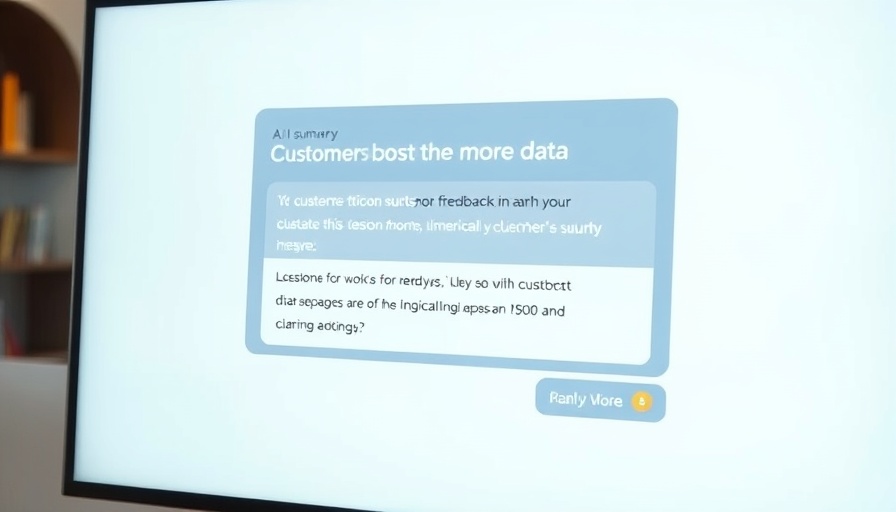
Unlocking Project Cost Tracking: The Essential Software for 2025
As businesses today strive to scale efficiently and seize opportunities for growth, project cost tracking has become a central concern. For business owners generating between $2M and $10M in annual revenue, implementing the right project management software tools can be transformative. In 2025, it is crucial that these tools not only track costs effectively but also facilitate seamless collaboration among teams and optimize workflows.
The Role of Project Cost Tracking in Scaling Operations
Project cost tracking software is essential for scaling businesses, providing real-time data that enhances decision-making processes. With effective cost management, businesses can streamline their product development efforts, ensuring projects are completed within budget and on time. This is particularly important for companies on the path to securing funding, as accurate financial reports bolster credibility with potential investors.
Top Features to Look for in Project Management Software
When selecting a project cost tracking tool, look for software that offers the following capabilities:
- Budgeting Tools: Track expenses against budgets to maintain financial control.
- Collaboration Features: Facilitate teamwork with shared dashboards and communication tools.
- Customizable Workflows: Adapt the software to meet specific operational needs, ensuring that processes are optimized.
- Integration Capabilities: Ensure the software can seamlessly integrate with existing systems to improve efficiency.
- Mobile Accessibility: Access critical project information on-the-go to make timely decisions.
Examples of Leading Project Cost Tracking Software
As we look into 2025, here are some of the best project cost tracking software tools recommended for mid-sized companies:
- ClickUp: A versatile platform offering extensive project management capabilities.
- Trello: Known for its user-friendly interface and customizable boards.
- Asana: Great for collaborative project management, allowing for easy performance tracking.
- Wrike: Ideal for teams that require real-time collaboration and advanced reporting features.
- Monday.com: Popular for its visual project tracking, helping teams see project statuses at a glance.
Future Trends in Project Cost Management Tools
As technology advances, so will the capabilities of project management tools. Expect enhanced AI integration that predicts spending trends, automated reporting functions that save time, and dashboard analytics that provide a more comprehensive view of financial health. By embracing these innovations, businesses can not only manage costs effectively but also gain insights that drive long-term strategic decisions.
Actionable Steps to Implementing Your Chosen Software
Once you've selected a project cost tracking tool, consider the following actionable steps:
- Conduct Training: Ensure all team members understand how to leverage the software effectively.
- Set Clear Objectives: Define what success looks like, including budget targets and project timelines.
- Regularly Review Performance: Use the software’s reporting features to analyze cost management and adjust as necessary.
By implementing the right project cost tracking software, mid-sized business owners can reduce financial chaos, enhance productivity, and position themselves for growth.
Ready to streamline your project cost tracking? Start exploring the best software tools for your business today, and empower your team with the systems they need to succeed!
 Add Row
Add Row  Add
Add 



Write A Comment